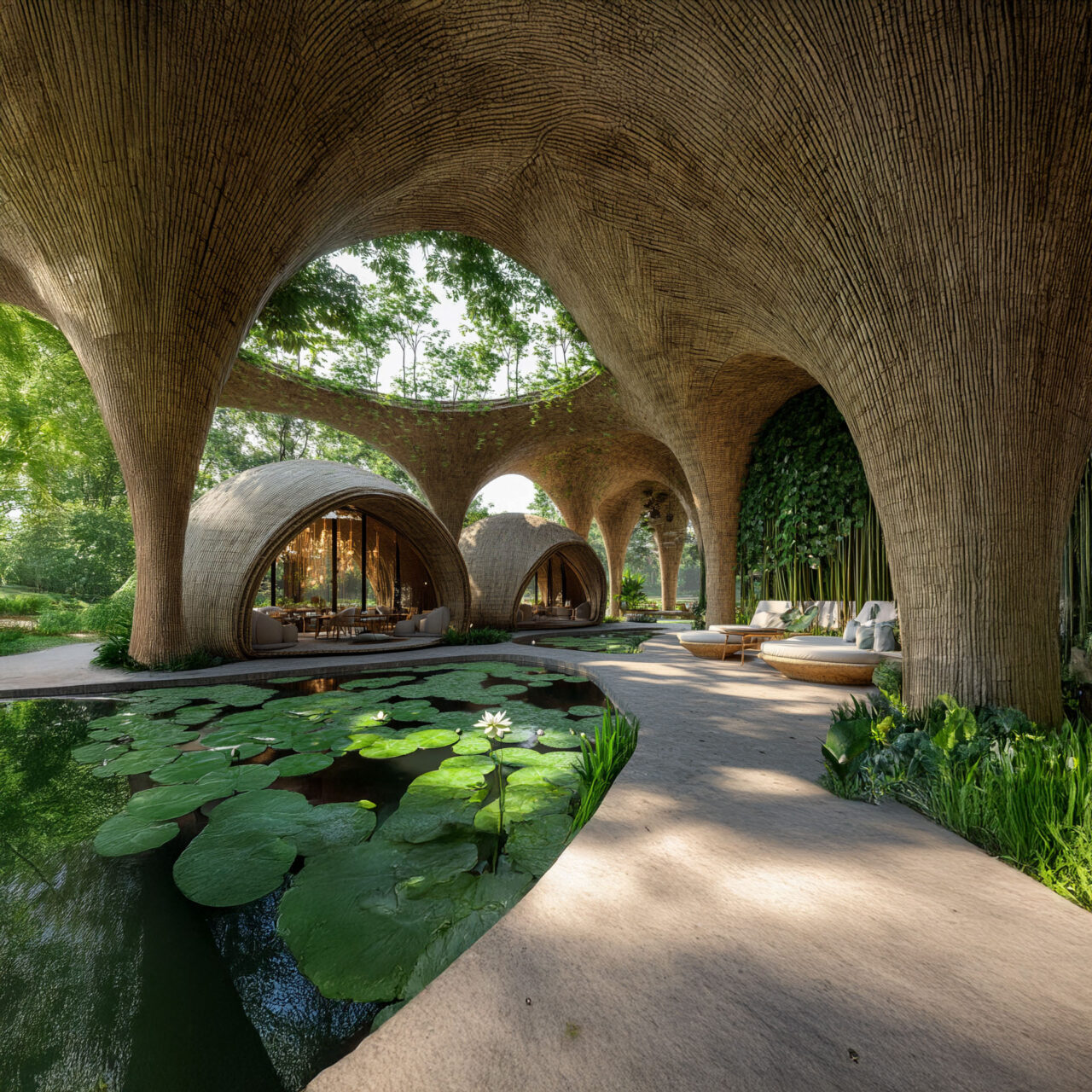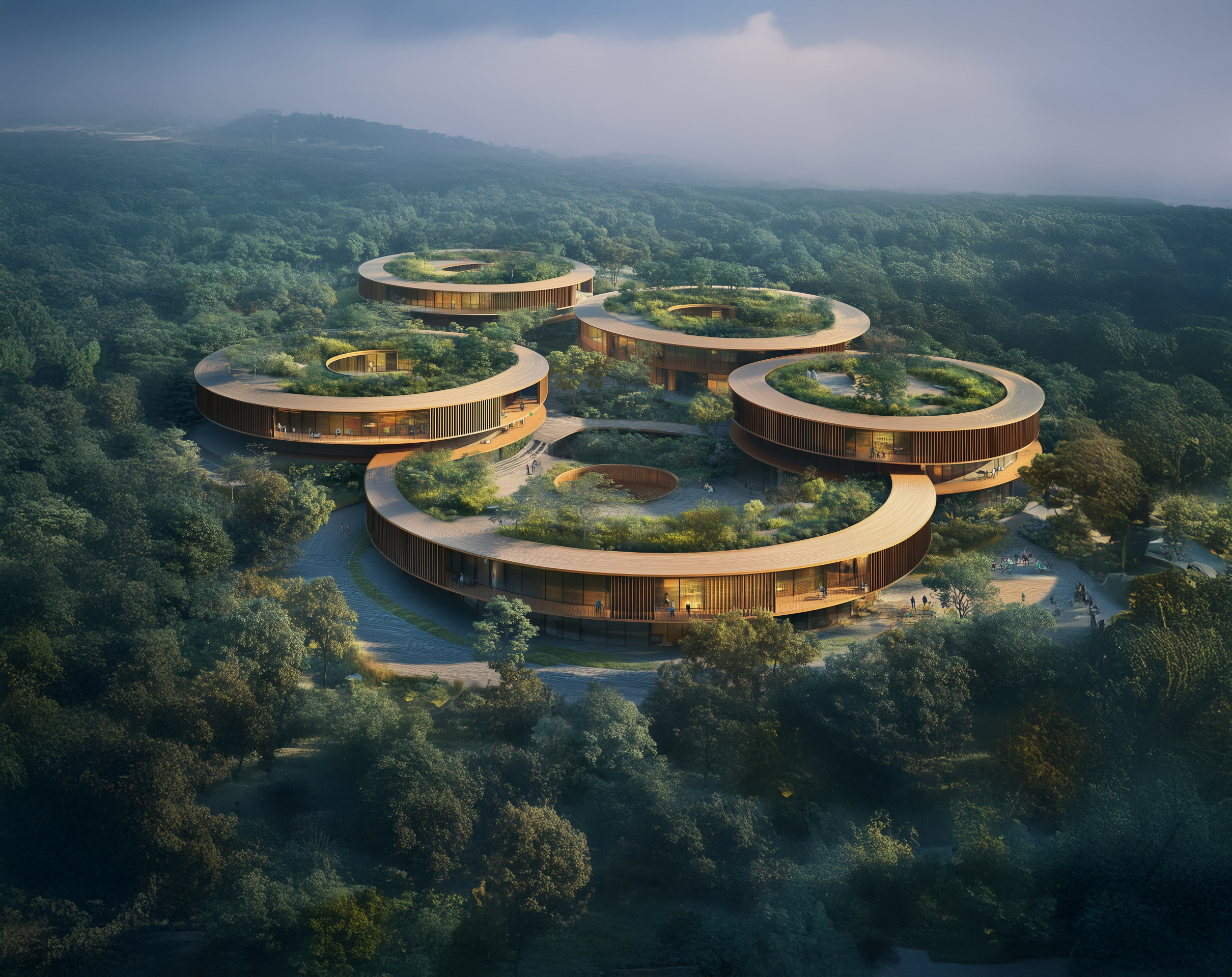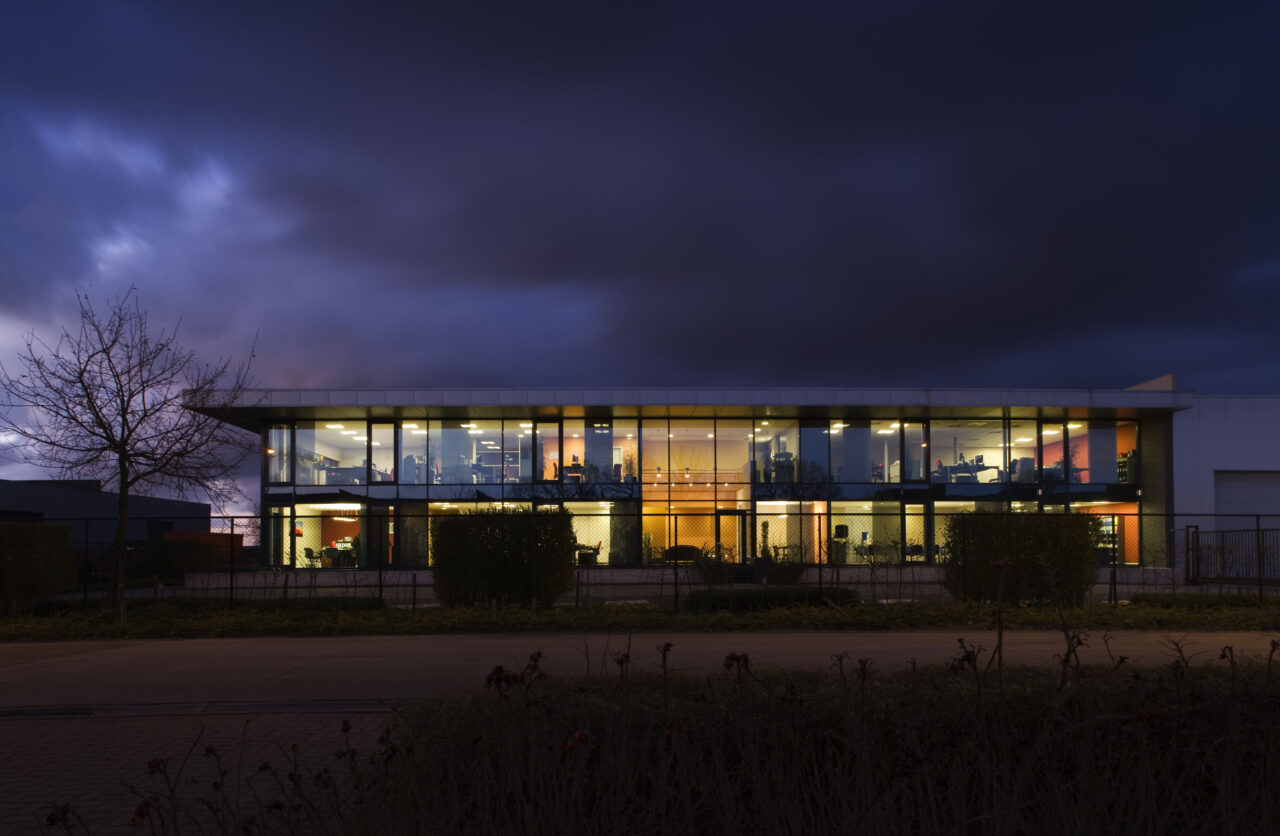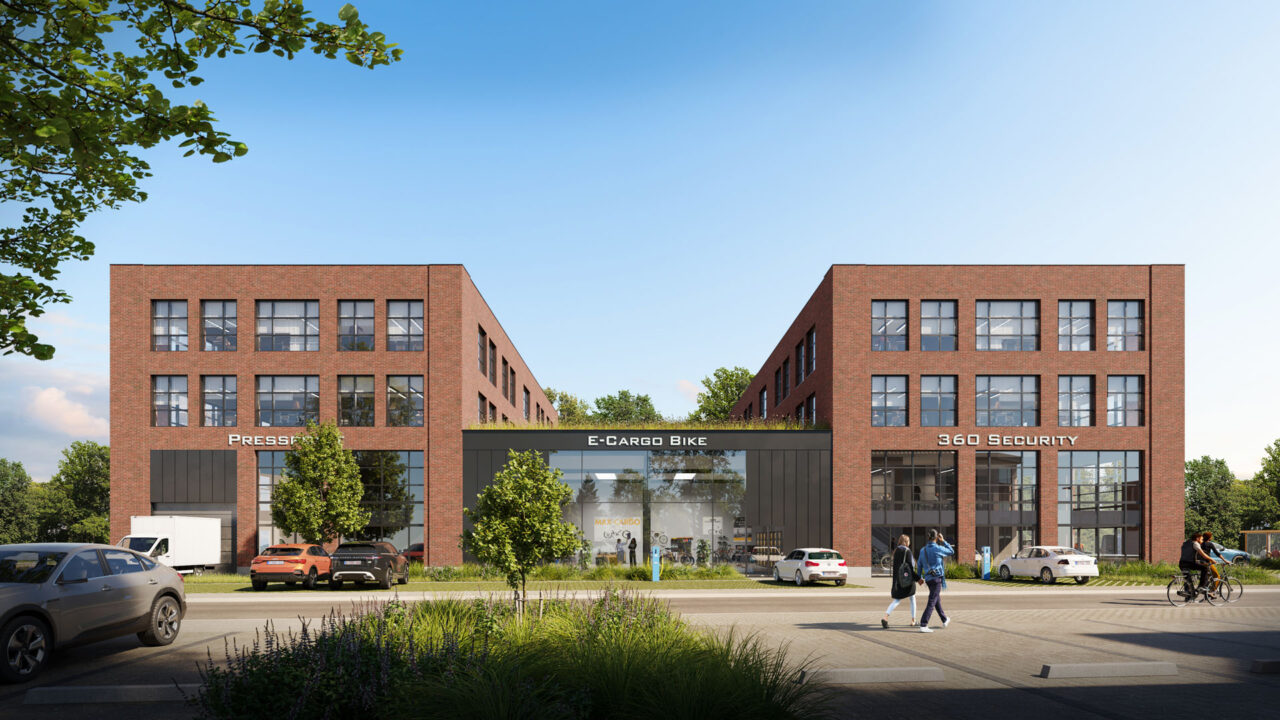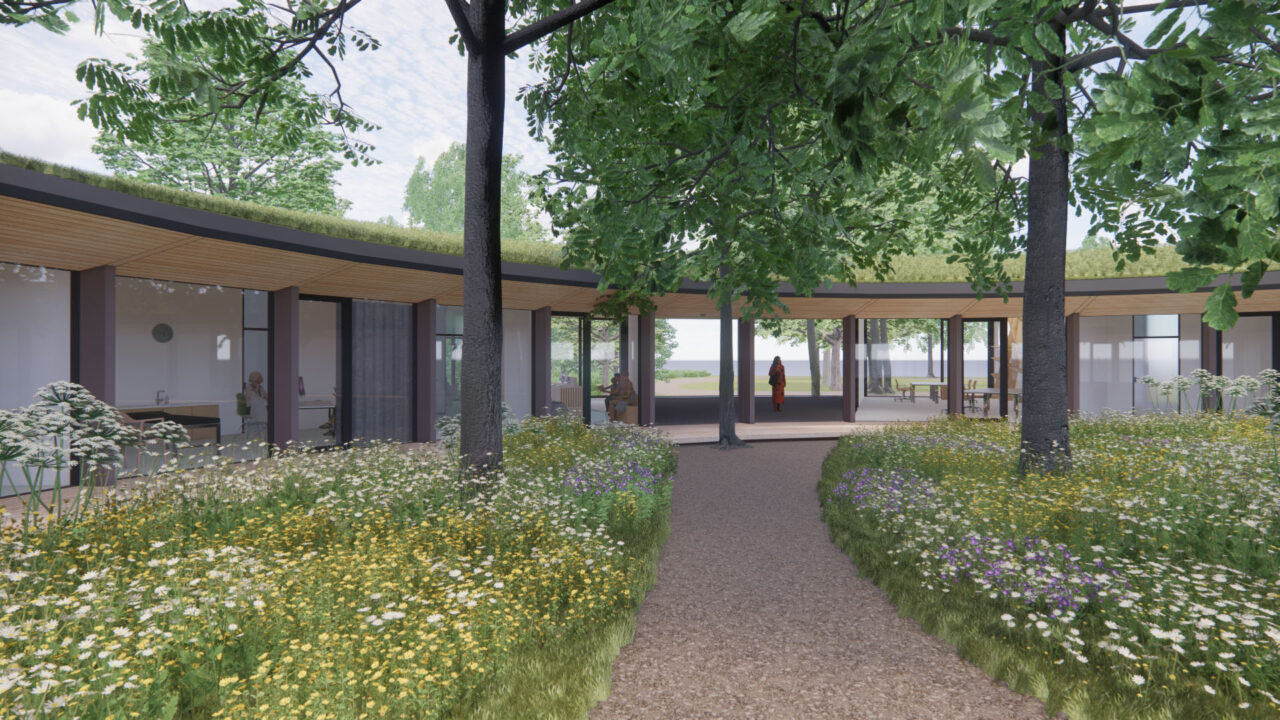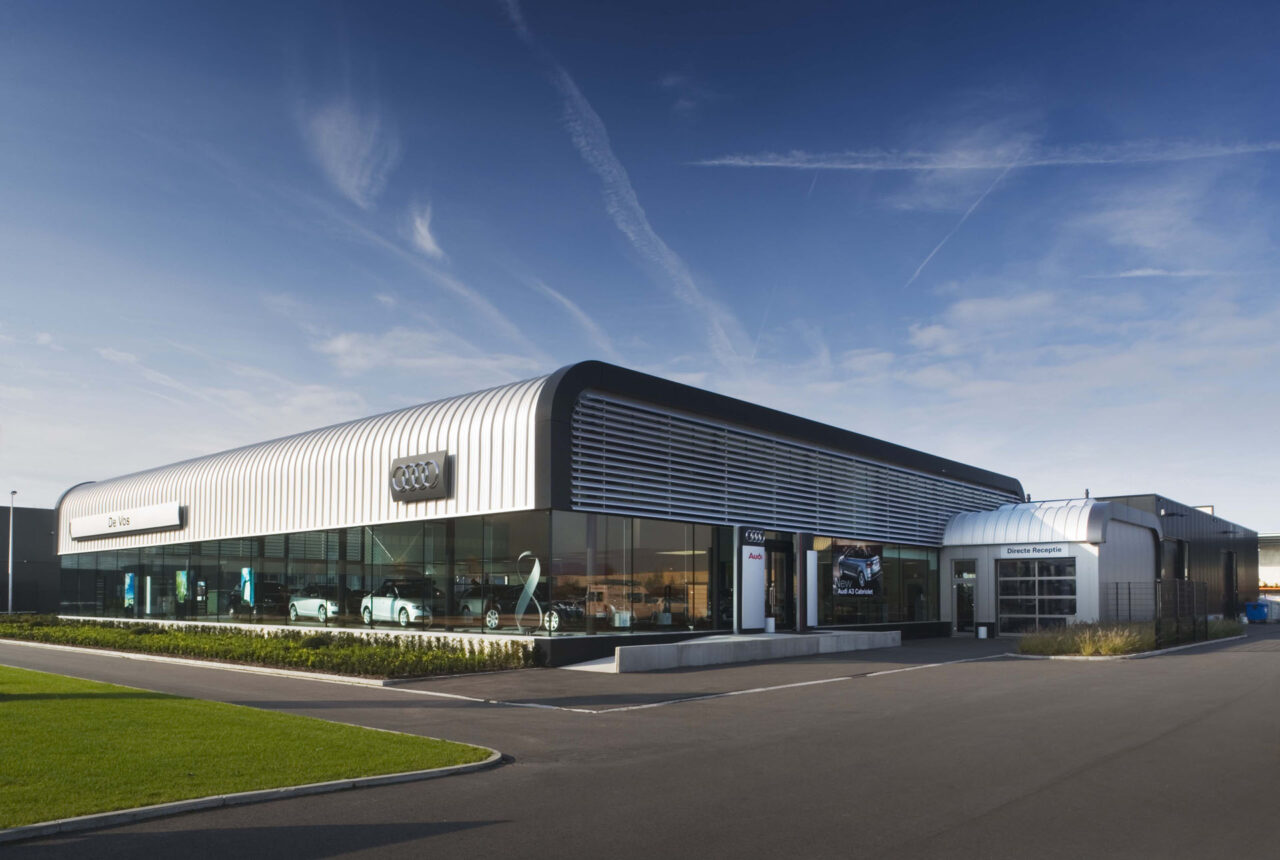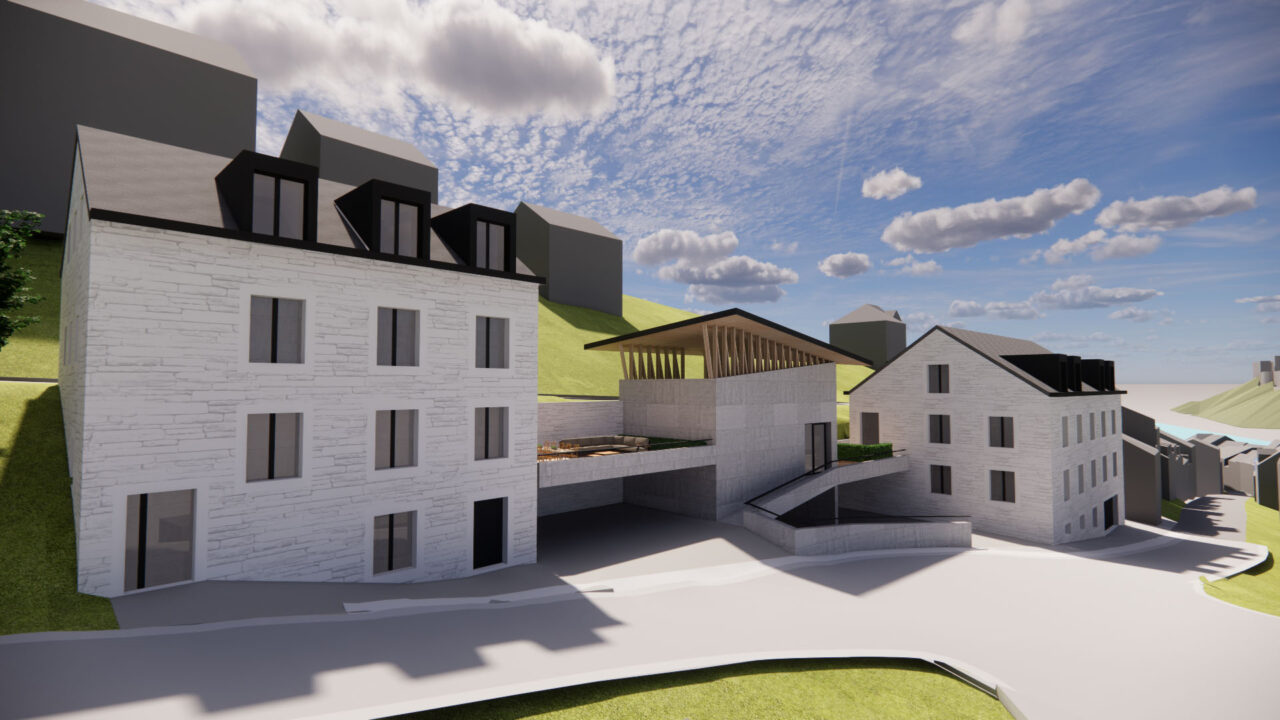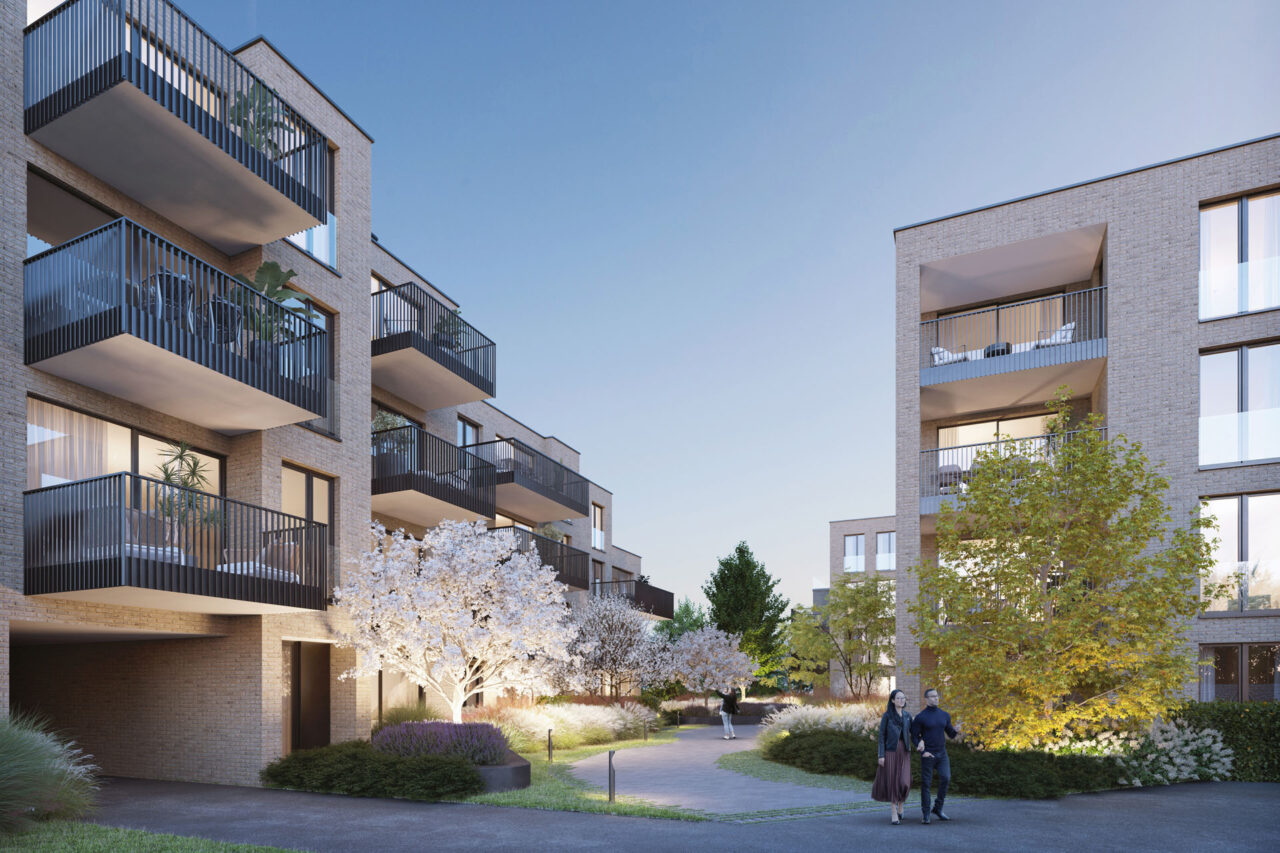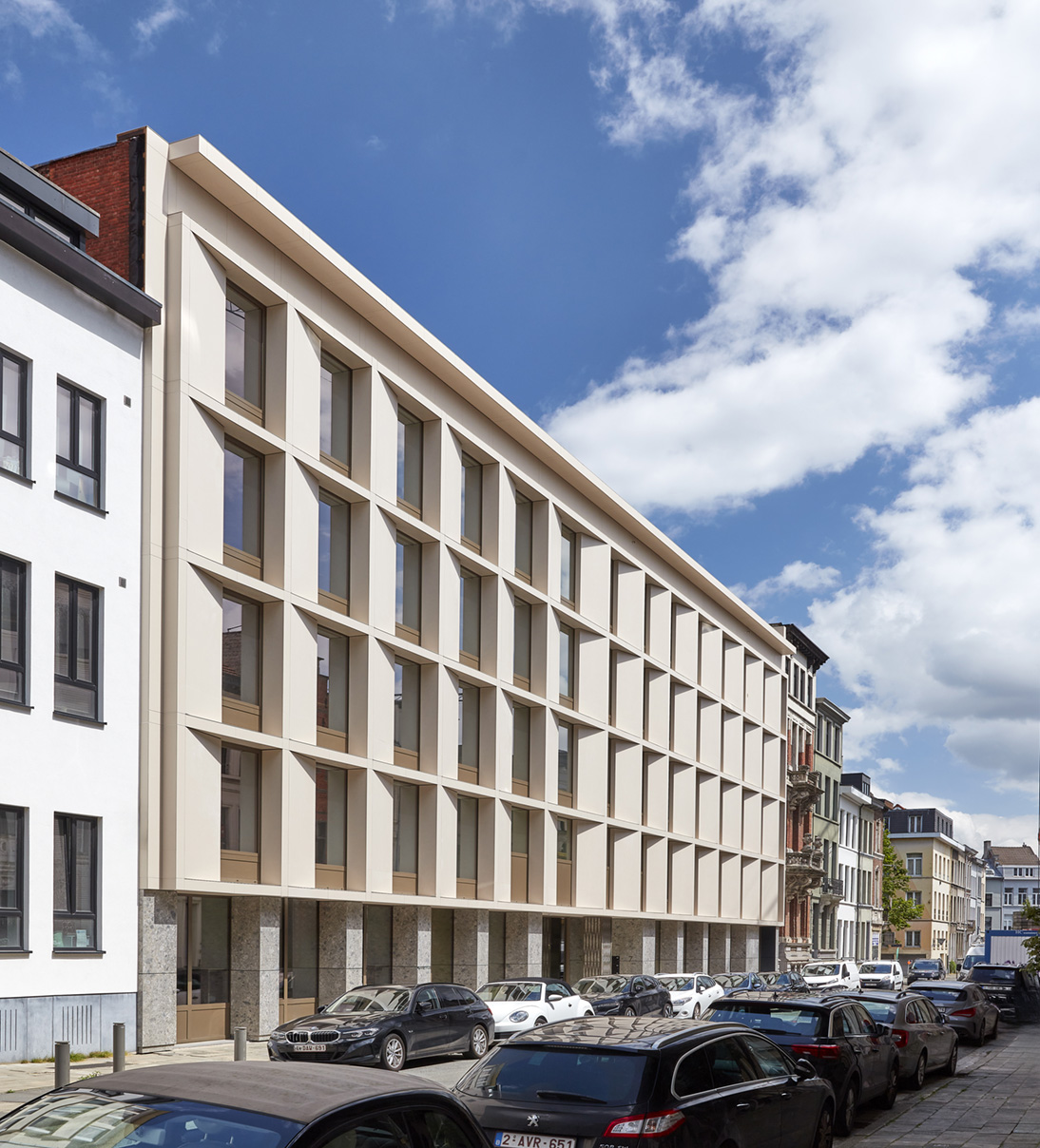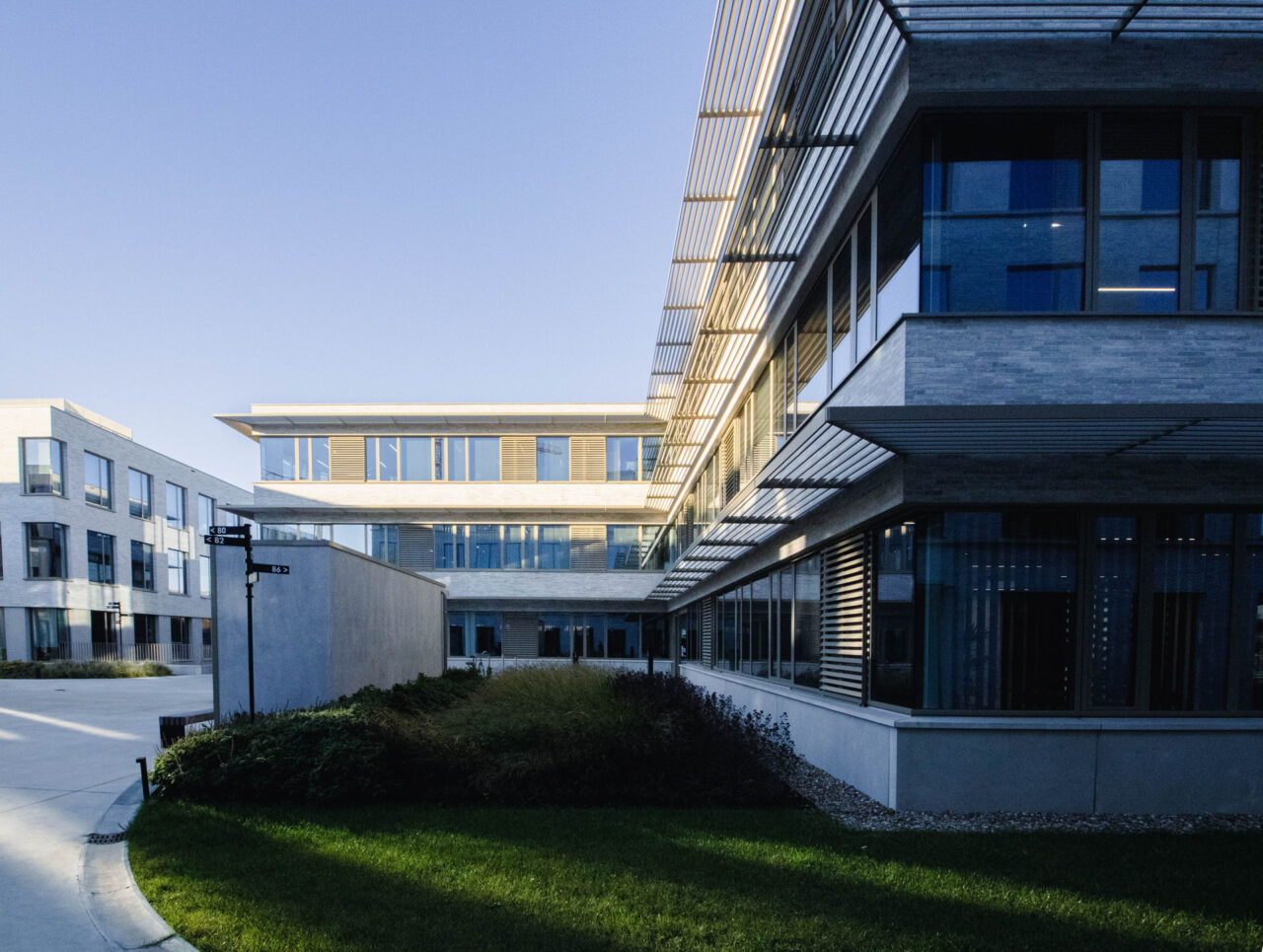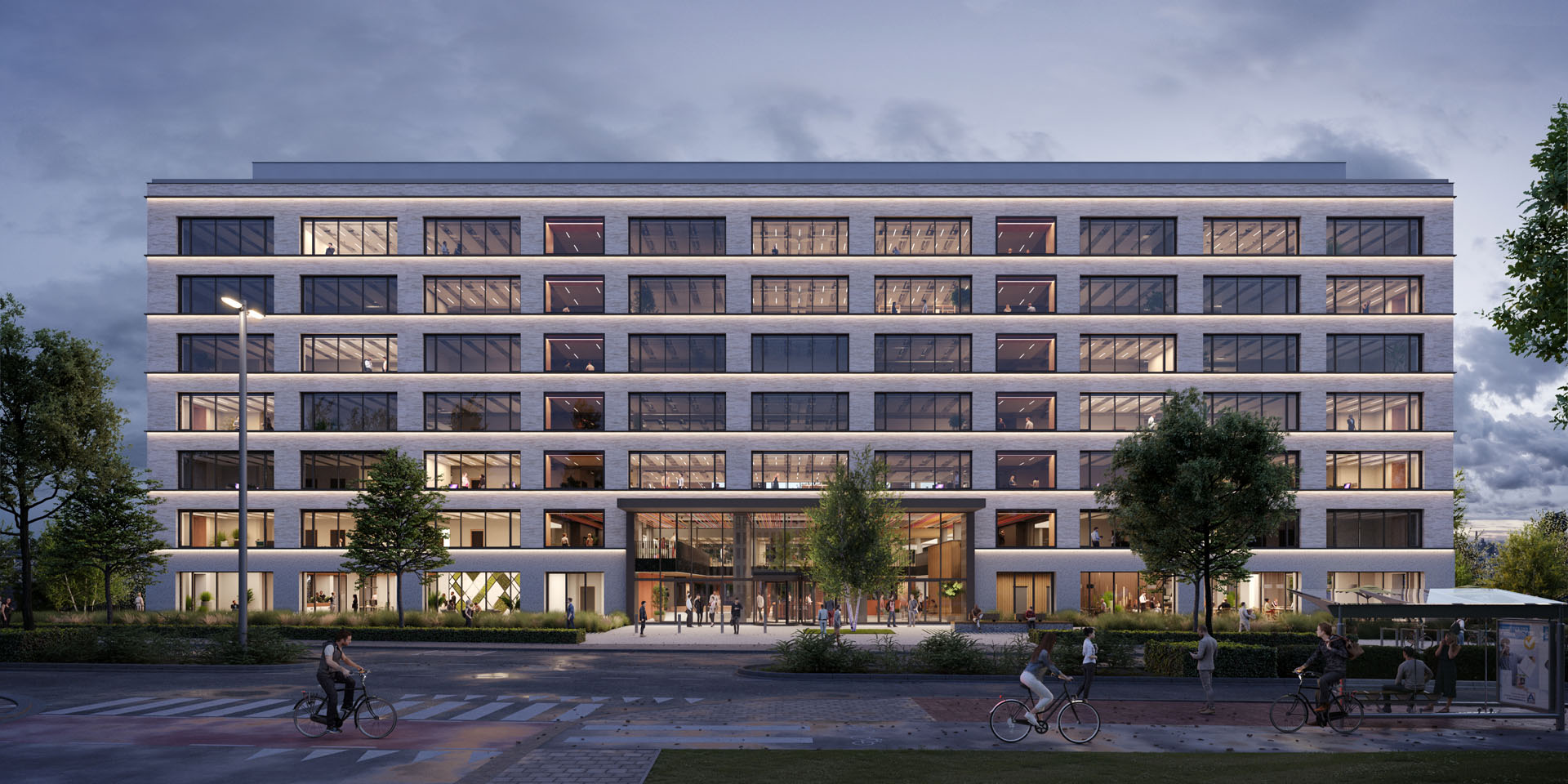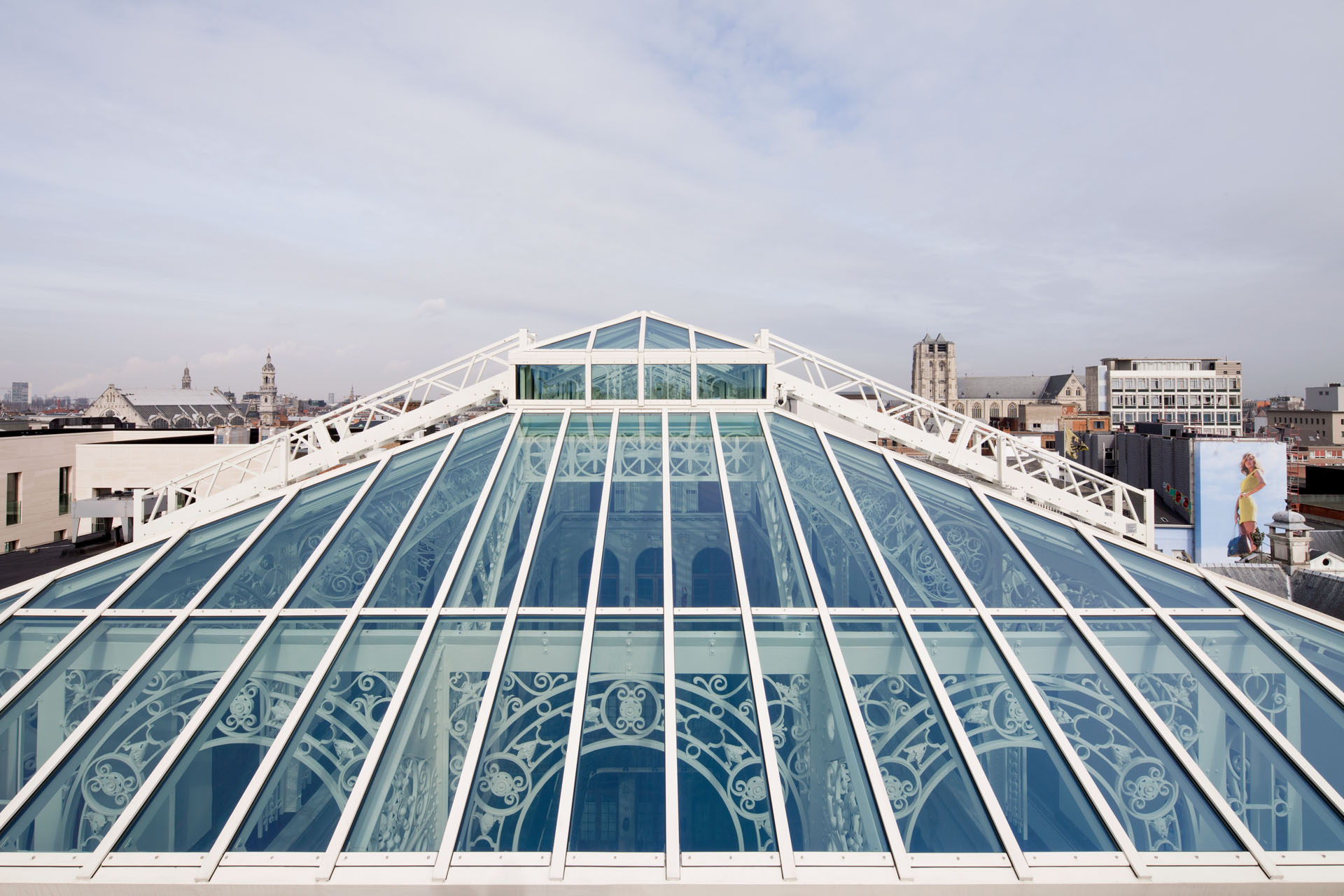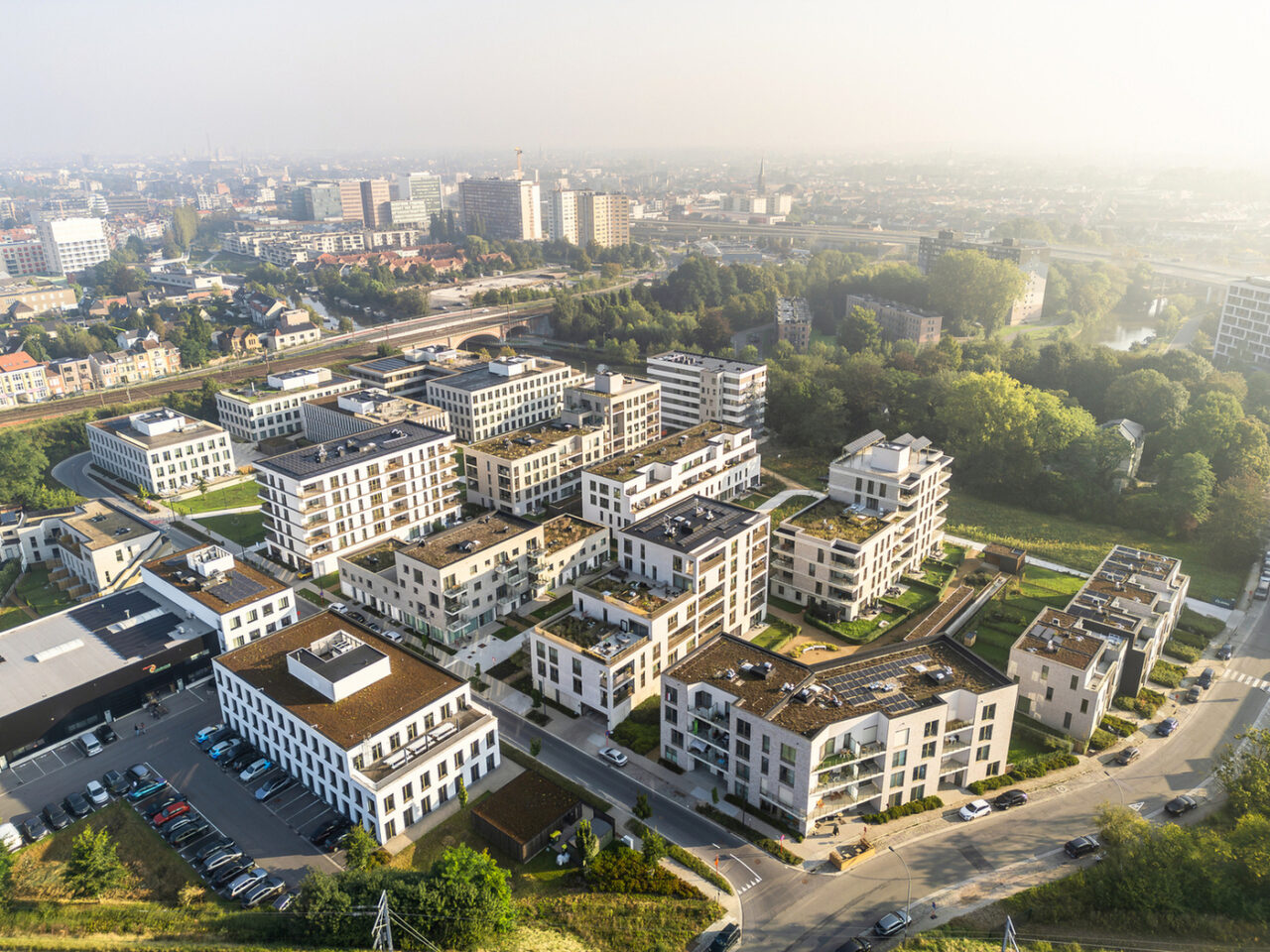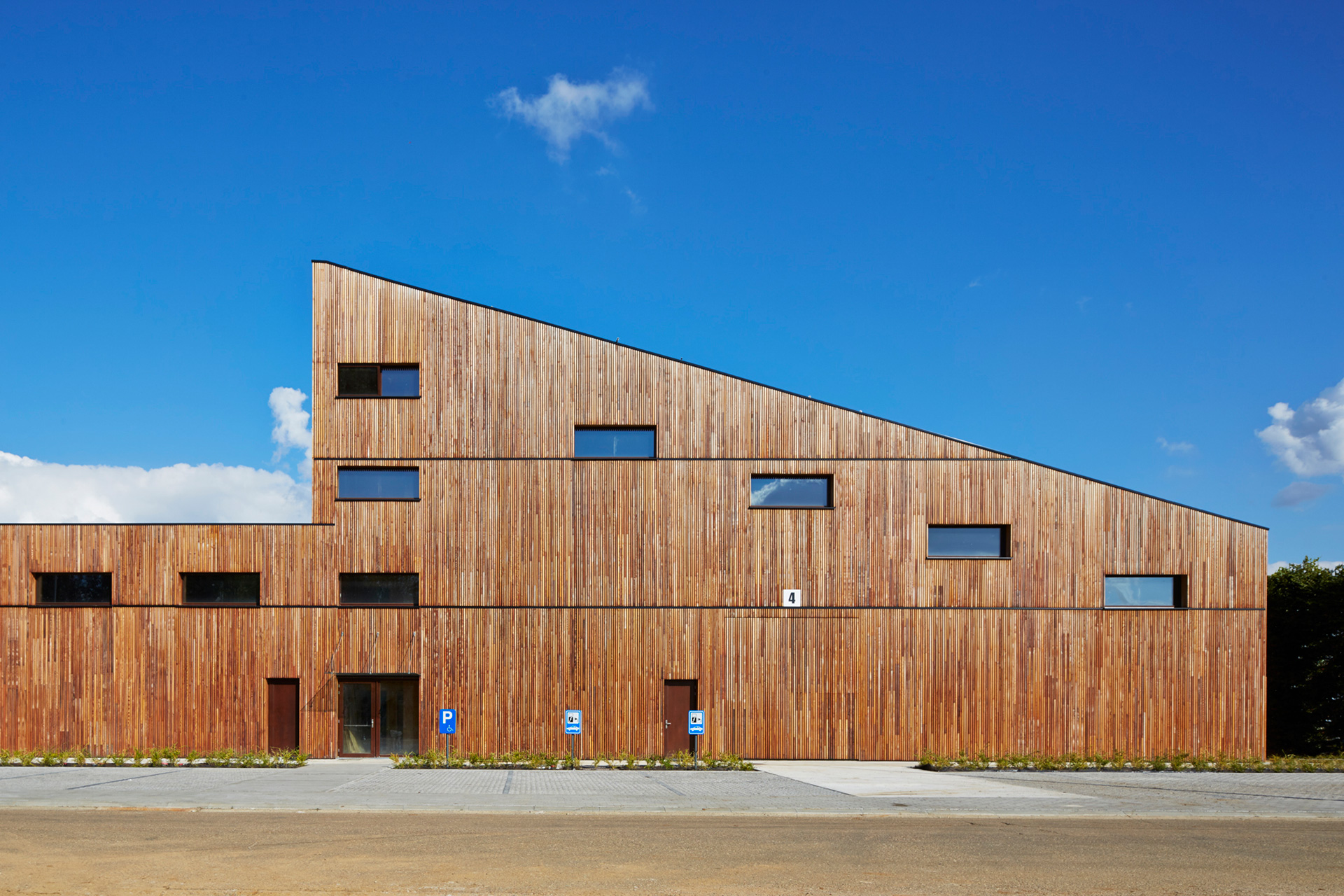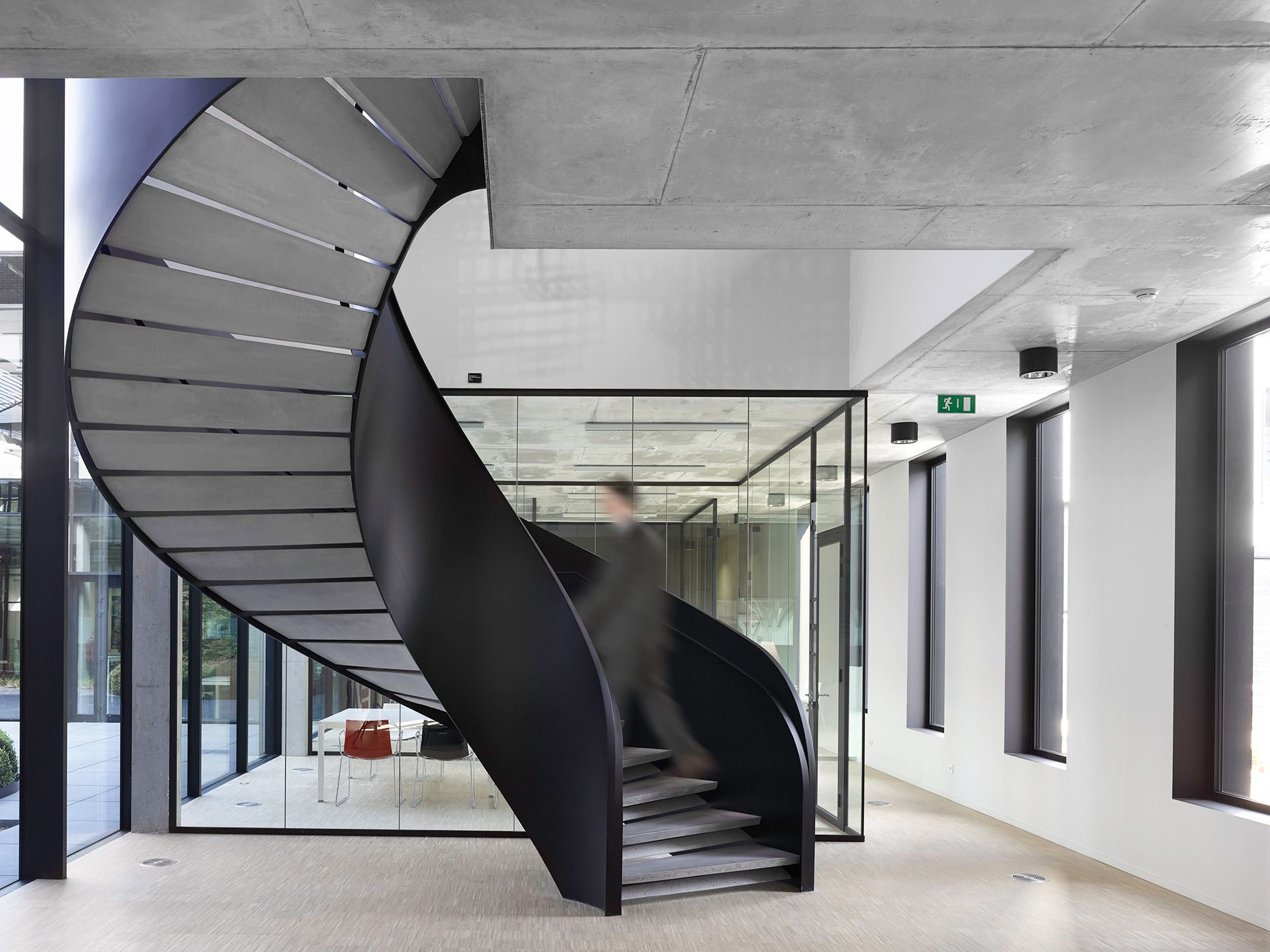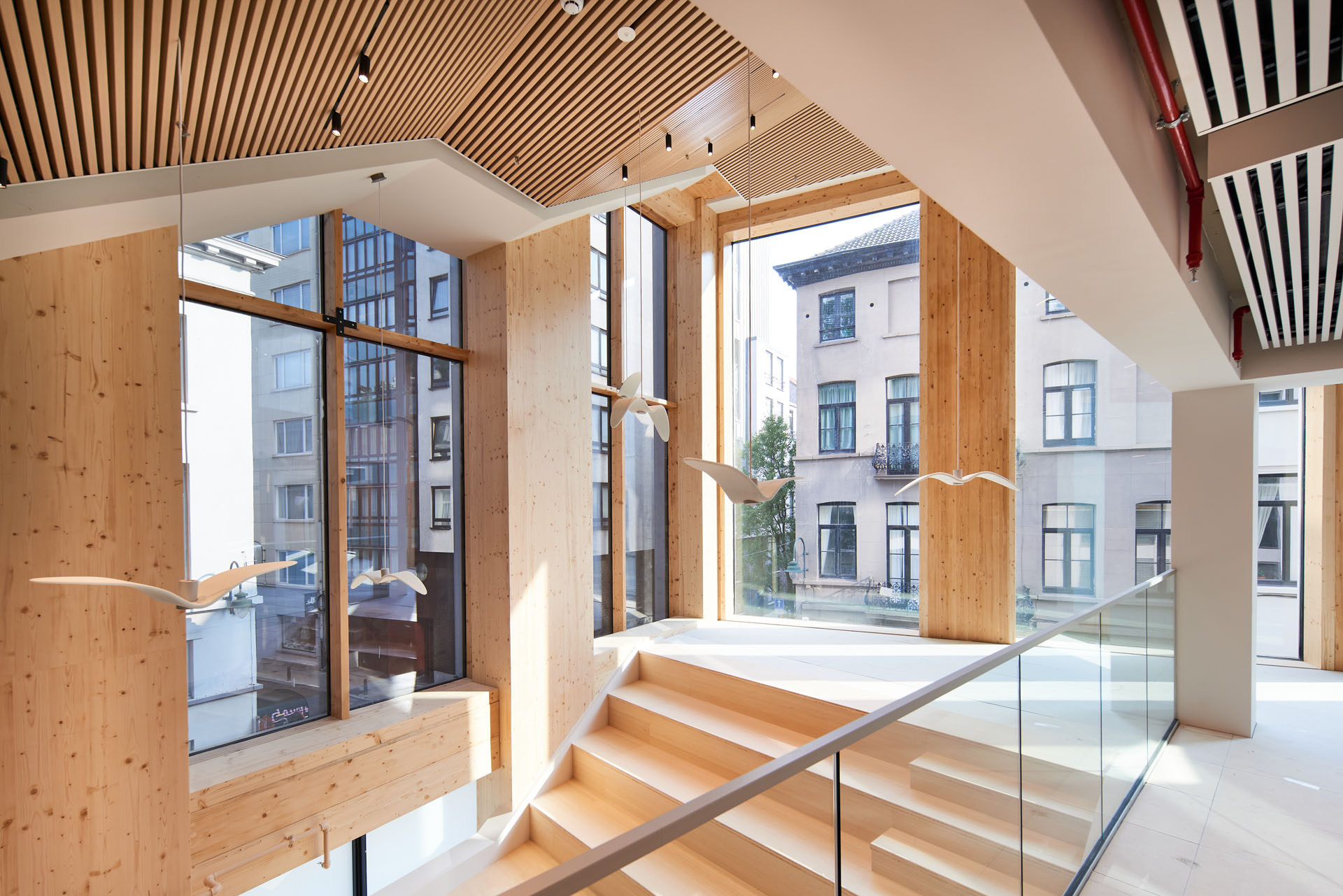Véronique Orens always aspired to become a doctor or a surgeon, driven by an innate desire to help people. However, when her father, who was deeply entrenched in the construction business, encouraged her to pursue architecture, she discovered a hidden talent and passion for the discipline. Despite this new path, Véronique never abandoned her quest to find ways to improve people’s lives.
In 02004, when her father began struggling with his health, Véronique’s determination to help others deepened. She embarked on a journey to explore non-conventional methods of enhancing the healing process through architecture. Her exploration led her to embrace principles such as feng shui, biophilia, biomimicry, the concept of healthy buildings by the Harvard T.H. Chan School of Public Health, WELL Certification, Human Design, and more.
What Véronique discovered was that there was no single, magical solution to creating a building that truly supports its occupants. Instead, it requires a thoughtful integration of countless features and small details, each carefully considered during the design process to ensure the building works with its users rather than against them.
As her reputation grew, Véronique became known as the holistic architect – the one who dared to think differently. This reputation attracted innovators and visionaries who sought her out to present their new ideas and inventions, each potentially valuable in her mission to create buildings that enhance the well-being of their occupants. These collaborations further expanded her knowledge and expertise, solidifying her role as a pioneer in the field of health-centric architecture.
Today, Véronique Orens continues to push the boundaries of traditional architecture, dedicated to designing spaces that not only serve functional purposes but also actively contribute to the health and well-being of those who live and work within them. Her work is a testament to the belief that architecture can, and should, be a force for good – supporting and nurturing the human spirit in profound ways.
Because for Véronique, architecture isn’t just about building structures; it’s about building lives.
